Ivy Cottage / Ivydene / Ivy Holme at Martham
These three late 18th century houses with similar names represent a bit of a Martham mystery. Older generations have memories of them, but some reminiscences are vague, misplaced or attributed to various locations. Some people say at least two of the properties, Ivydene and Ivy Holme were the same place. Factual research and information never see before reveals the following:-
Ivy Cottage
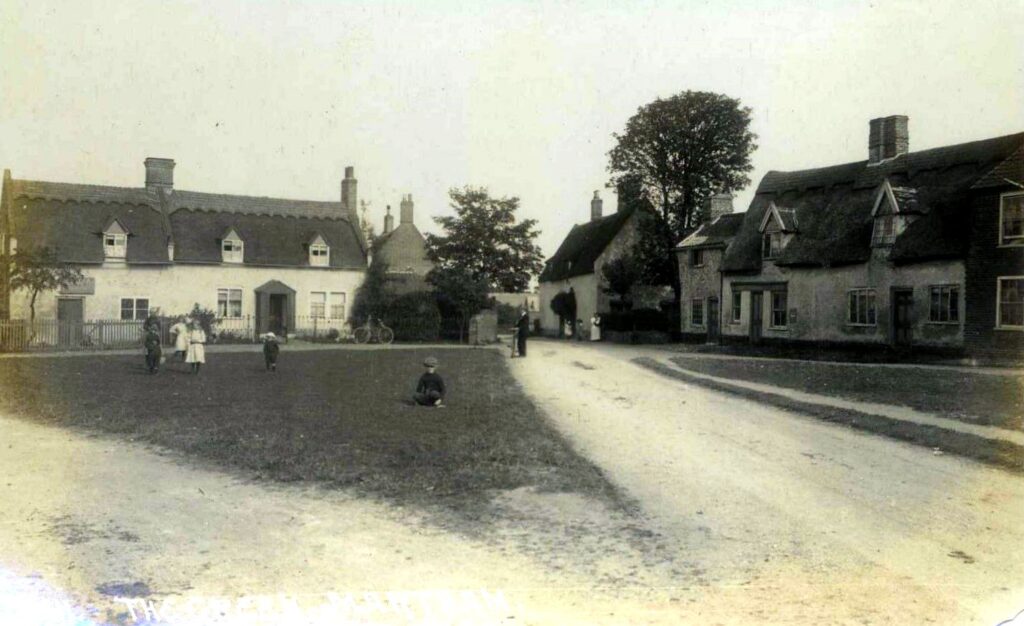
Above :- It is thought that Ivy Cottage is shown in this photograph in the centre towards the rear with a lady in a white dress in front of it. C1915.
We will see later from other records that Ivy Cottage was across the road from the present-day Fish and Chip shop and Gables Farm, on the corner of The Green and Hall Road. This being so its position is shown on the two maps below. The one on the left is part of the official 1812 Inclosure Award map with the plot outlined in red. The map on the right is contemporary and was drawn up by the Commissioners and is now held in the records of the Dean & Chapter of Norwich at the Record Office ref: CHC 11910 and BR 276/1/172. The official map does not give the plot number but helpfully the Commissioner tells us that plot number 93 was owned by Thomas Rising (1777-1824) who also owned plots 90 & 91 shown in green as part of 97 acres of land he owned in Martham in 1812.
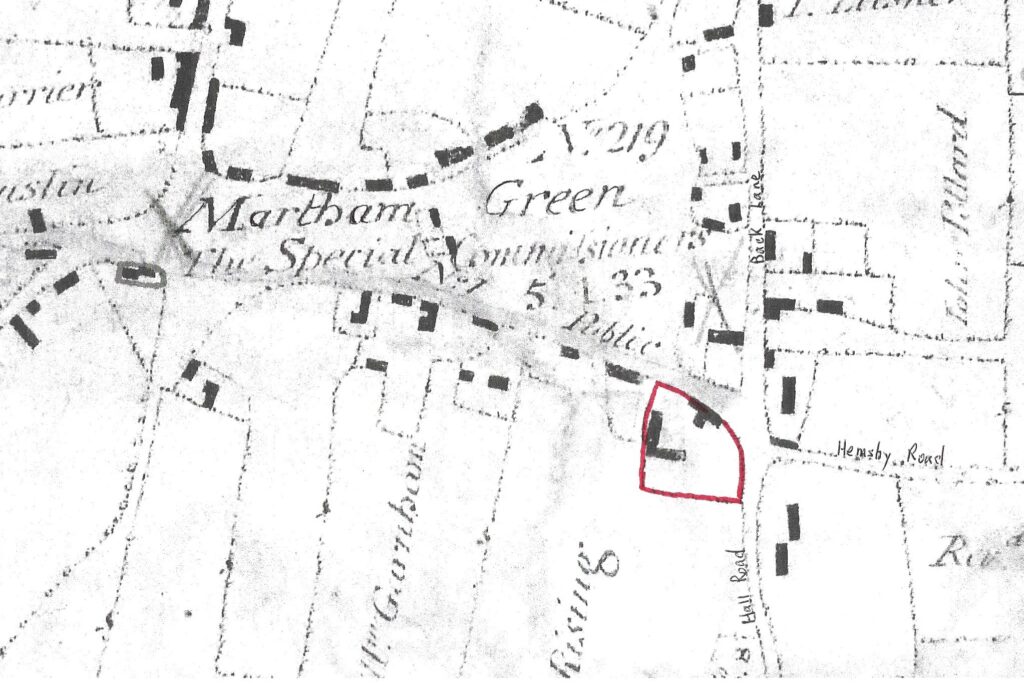
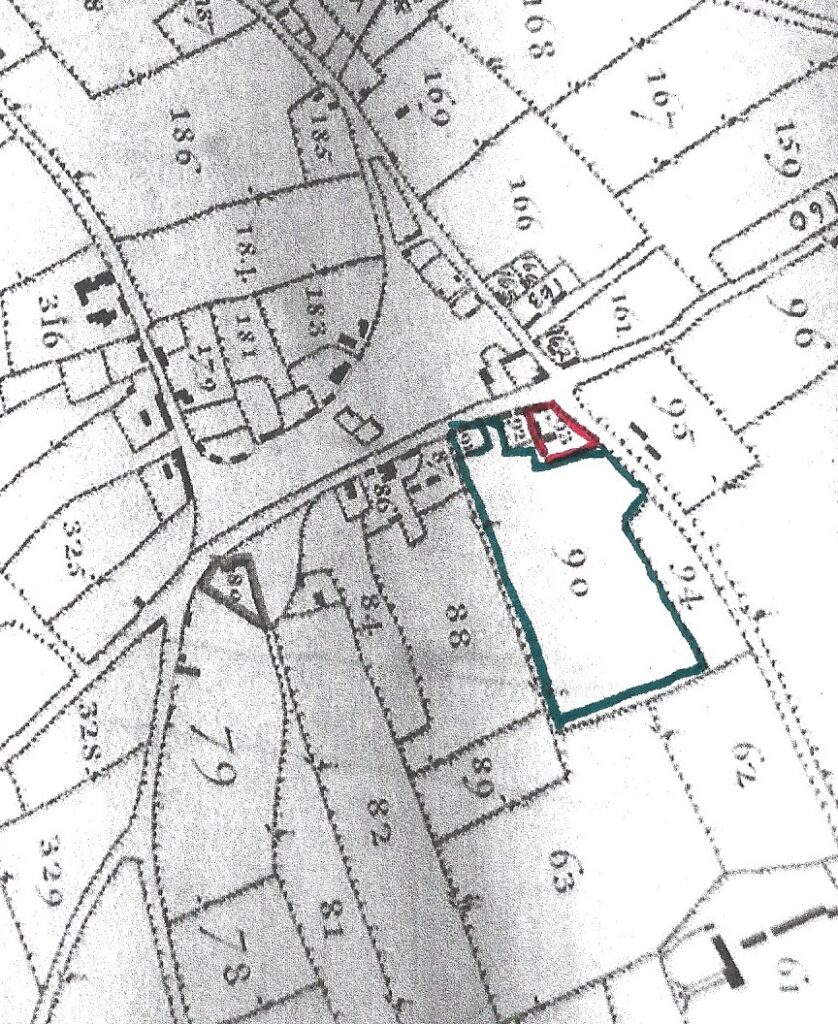
The house was not named in the 1842 Martham Tithe Award but co-incidentally George Rising (1812-1860) owned plots along the south side of The Green which he had inherited from his father Thomas (1777-1824) which included Ivy Cottage. In the 1841 census George was listed as living at The Green and the house was not named but was almost certainly Ivy Cottage and he was still there at the time of the 1851 census when it was listed as Ivy Cottage. George lived there with his wife Bridget, nee Christmas (1810-1897) plus their three children. George was a yeoman farmer and owned over 160 acres of land in Martham as one member of the land-owning Rising family.
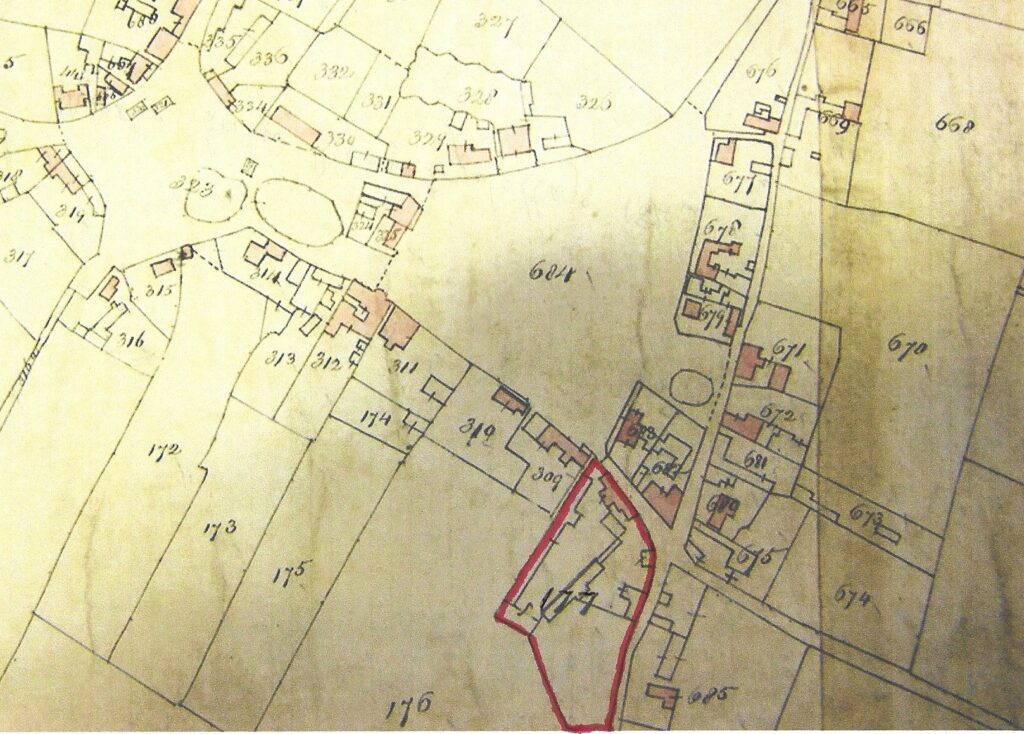
George was also listed in the 1845 to 1859 West Flegg Poll Registers as being entitled to vote on account of owning Ivy Cottage, Martham. George died in 1860 and Bridget went to live with her son in Rollesby until her death in 1897. Both George and Bridget are buried in St Mary the Virgin graveyard.
As well as being specifically named in the 1851 census Ivy Cottage was also named in the 1861 and 1871 census returns:
In 1861 it was listed after entries for Mill Lane (Hemsby Road) and before The Green and was next door to Robert Daniels’ house who was known to have been a vet living at The White House. It was occupied by Ellen Ferrier (1824-1915) who was a private school proprietor and adverts for her school call it a large house capable of taking up to 10 pupils and with a playground. Below is an advert for her school from 1863 that described the cottage. She married John Barnard in 1864 and moved away.
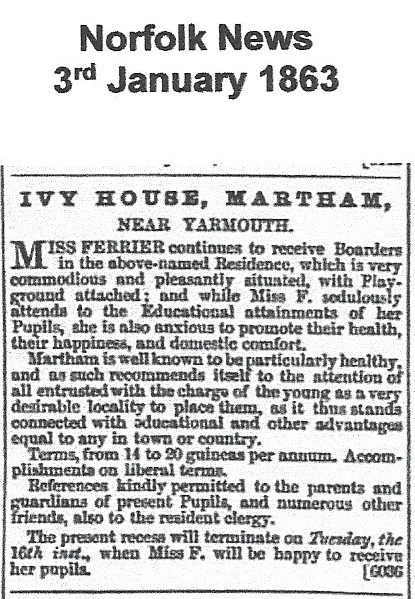
In 1871 it was listed after other entries between Back Road (Lane) and Hall Road. The head of household was a widow called Margaret Eagle of whom little is known other than she was once a nurse at Gressenhall Workhouse. She had a lodger named John Parker who was 80 and a retired farmer. Both had move on by 1881.
Was Ivy Cottage split into two with one side becoming Point House?
After 1881 there followed a long and frustrating period when the house was rarely named in any official documents and may have been converted from one into a semi-detached pair. We cannot be certain but there is some photographic evidence to support this.
In around 1887 a wheelwright and agricultural engineer named Walter Hubbard (1861-1923) and his wife Frances, nee Houghton (1861-1937) came to the village and from then until at least 1911 appear to have lived at Ivy Cottage although it was not named as such. Walter made full use of the barns to the rear of the property as workshops as you can see in the photo below. Walter died in 1923 and by then his wife Frances had moved to Mill Cottages, Hemsby Road.
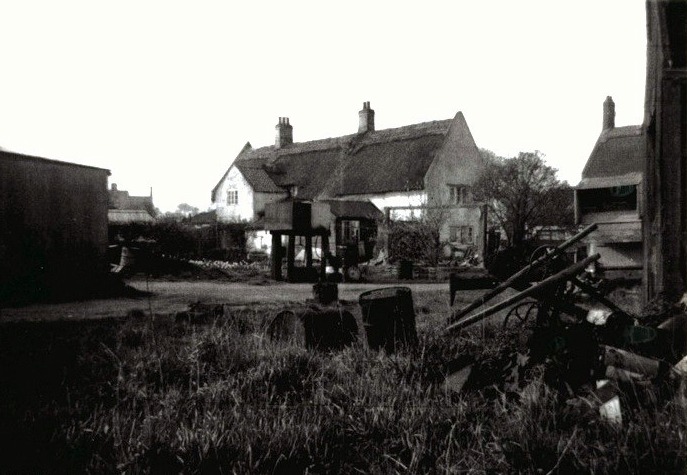
Walter and Frances had seven children one of which was named after his father; Walter William Hubbard was born in 1886 and married Bessie Hewitt from Horsey in 1909. In 1931 there were indications from the Martham Electoral Register that Ivy Cottage had been split into two because Walter and Bessie had taken over his parent’s house, but Reginald & Irene Shreeve were listed as living at Ivy Cottage in one of the rare records of it still being called that. Reginald was a farm manager for George Bailey the fruit, flower, tomatoes and chrysanthemum grower. By this time locals say Walter and Bessie’s half was called Point House.
Walter & Bessie were listed as still living there in the 1939 Register and interestingly Alfred & Helen Utting were listed as living next door with their daughter Blanche. The photograph below says on it that it is attributed to the Uttings. The photo clearly shows the same property as the c1915 photo shown at the top of this section but in this view you can see two front doors (one with a porch) and two chimneys that each have their own television aerial. The ‘H’ shaped aerials put the photograph to around 1955 so both the Hubbards and the Uttings had been there all that time.
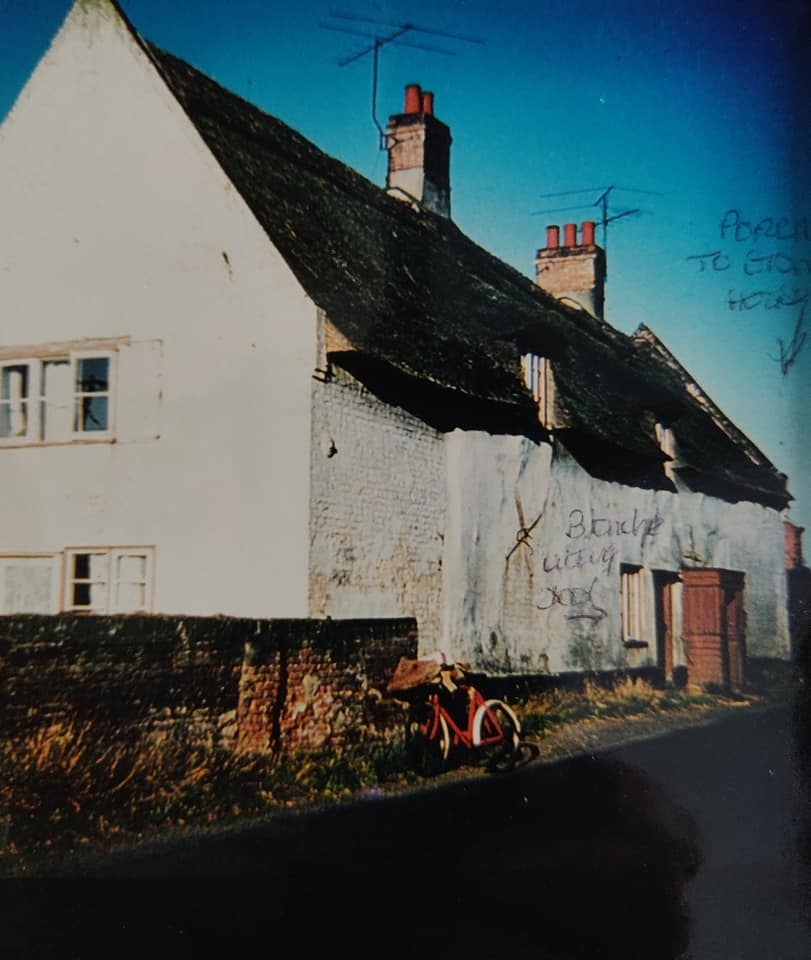
Note the ‘H’ shaped TV aerials.
Like his father Walter junior was an agricultural engineer and repaired and maintained traction engines, threshing machines and tractors. Walter died in 1972 and Bessie in 1984 and they are buried at St Mary the Virgin section I. Their grave is shown on the right.
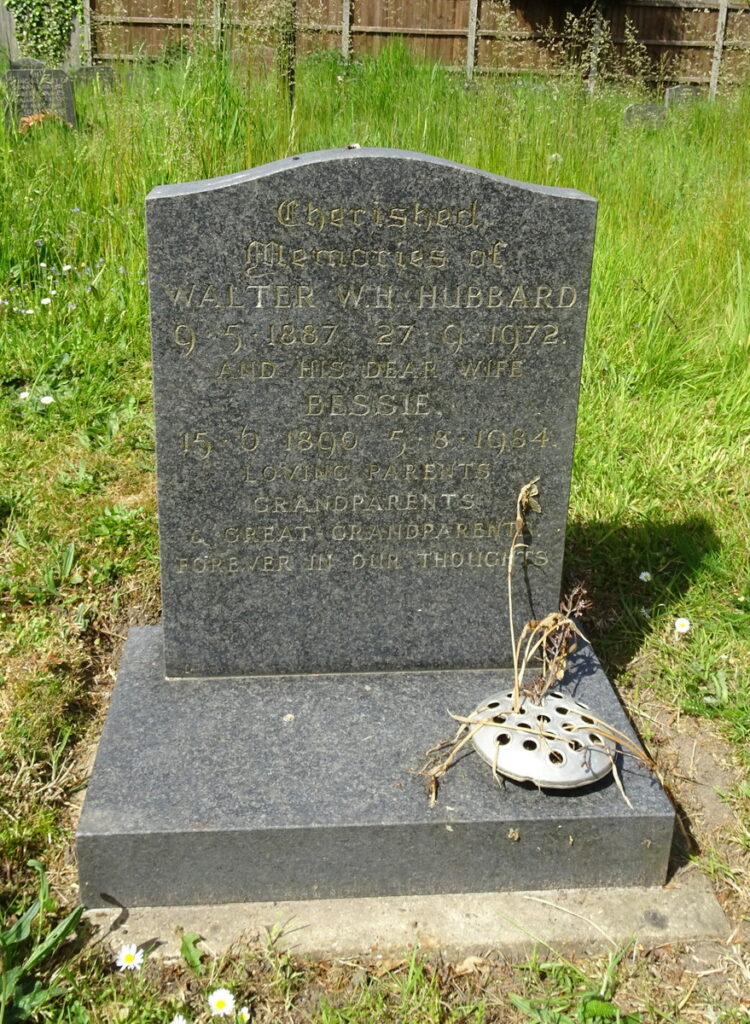
The following photographs illustrate Ivy Cottage/Point House during the Hubbard/Utting era. The large barn and both cottages were demolished in the early 1980’s.
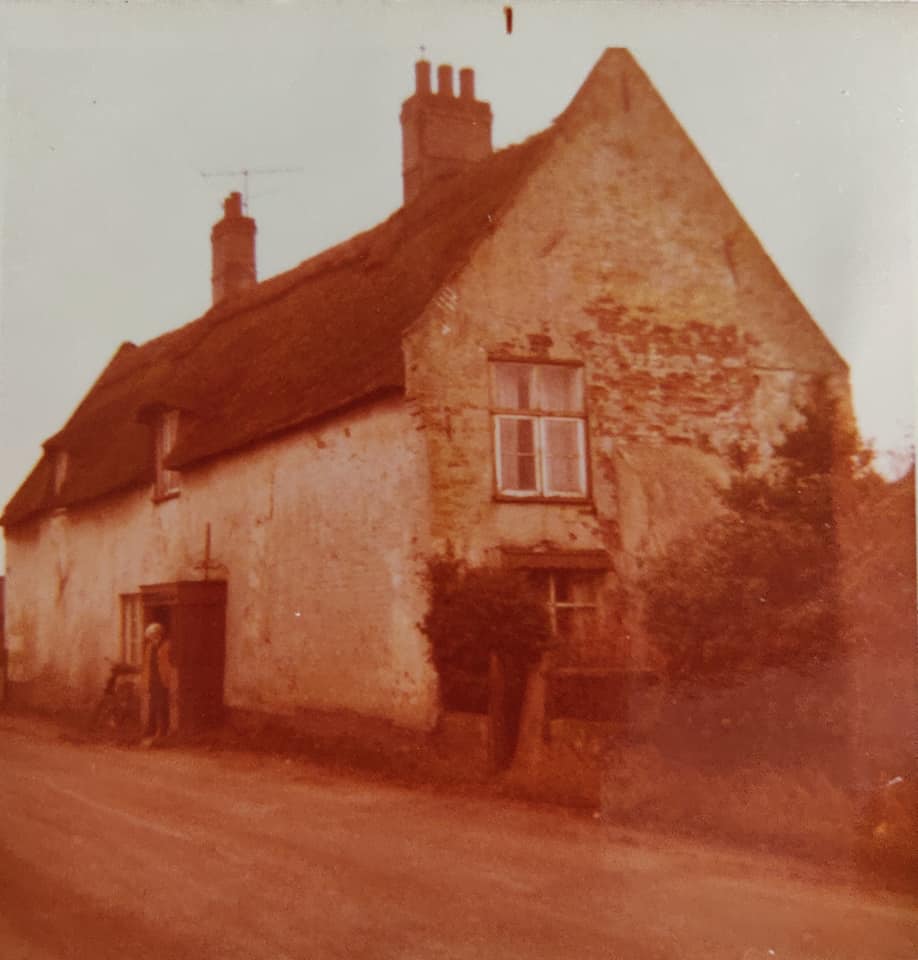
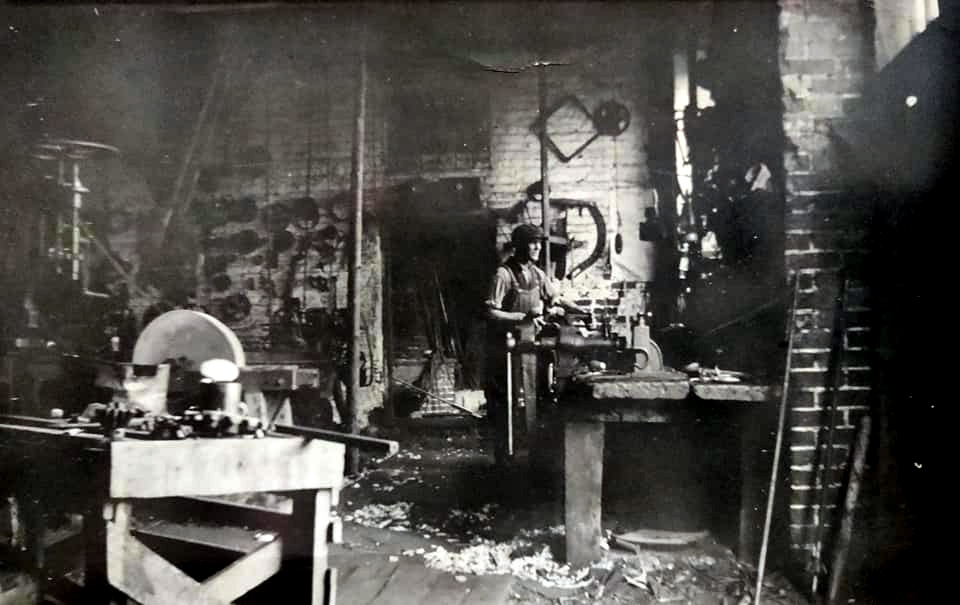
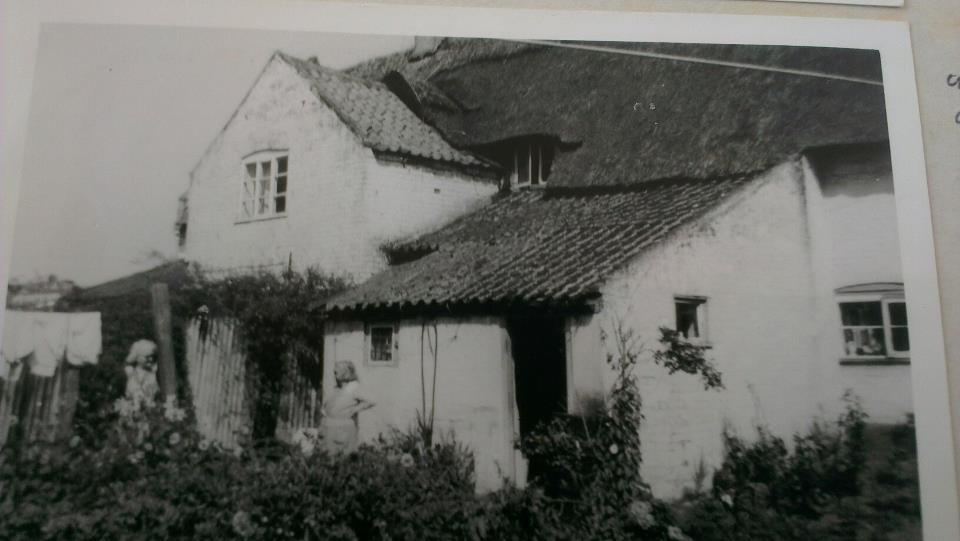
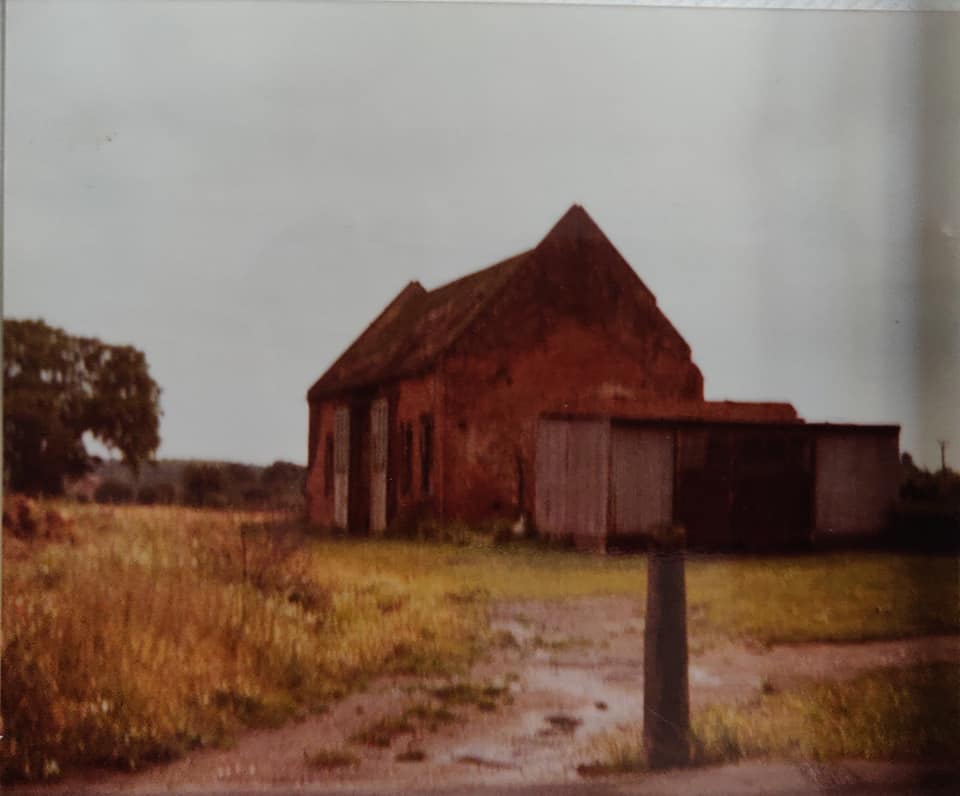
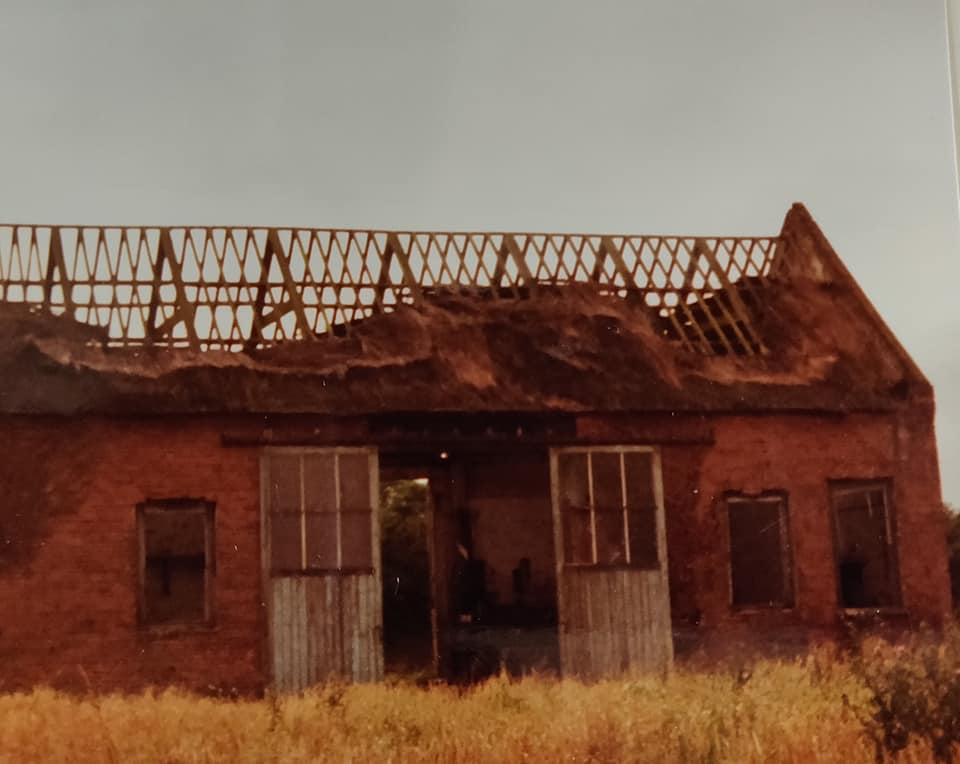
Ivydene
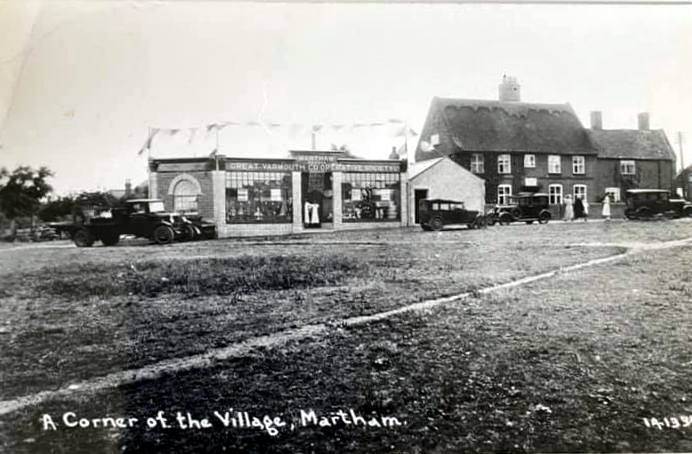
Ivydene is shown in the above photograph next to the Co-op with a smaller, separate, cottage to its right as we look at it. Ivydene was shown as a dwelling on the 1812 Inclosure Award map although it was not named as such. Attached to it was the house shown in the photograph above. The maps below represent two sources of this information. The one on the left is a copy of the official 1812 Inclosure Award map with both houses outlined in red. The map on the right is part of the contemporary Commissioner’s map of 1812 held in the records of the Dean & Chapter of Norwich at the Record Office ref: CHC 11910 and BR 276/1/172 . The official map does not give the plot numbers but helpfully the Commissioner’s records tell us that both houses were owned by Henry Pettingil.

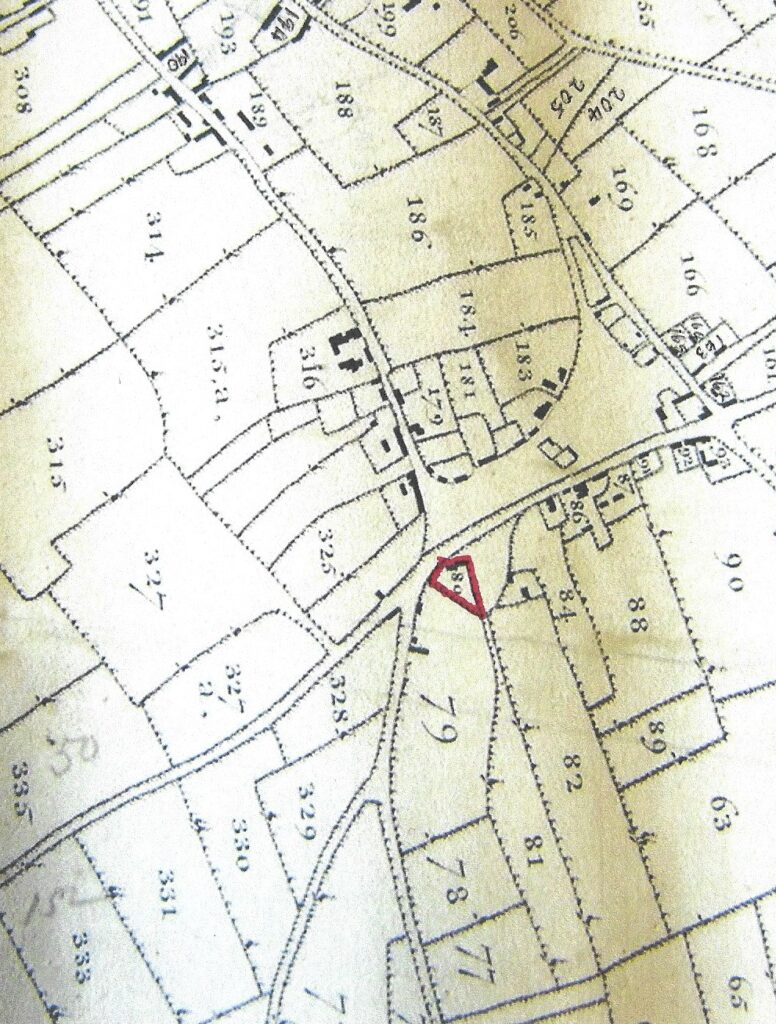
The next snapshot of information we get comes from the 1842 Martham Tithe Award when Isaac Manship owned several plots of land including plot 319 which was Ivydene occupied by Mrs Jay although we don’t know if it had that name at the time. Isaac was a farmer and owned just over 10 acres of land which included plots 156, 162, 168, 170, 317, 317 & 319. Plot 318 was the house shown above, next door to Ivydene and Isaac lived there with his wife Rebecca, nee Green. They also had an orchard which was on plot 317 as shown below.
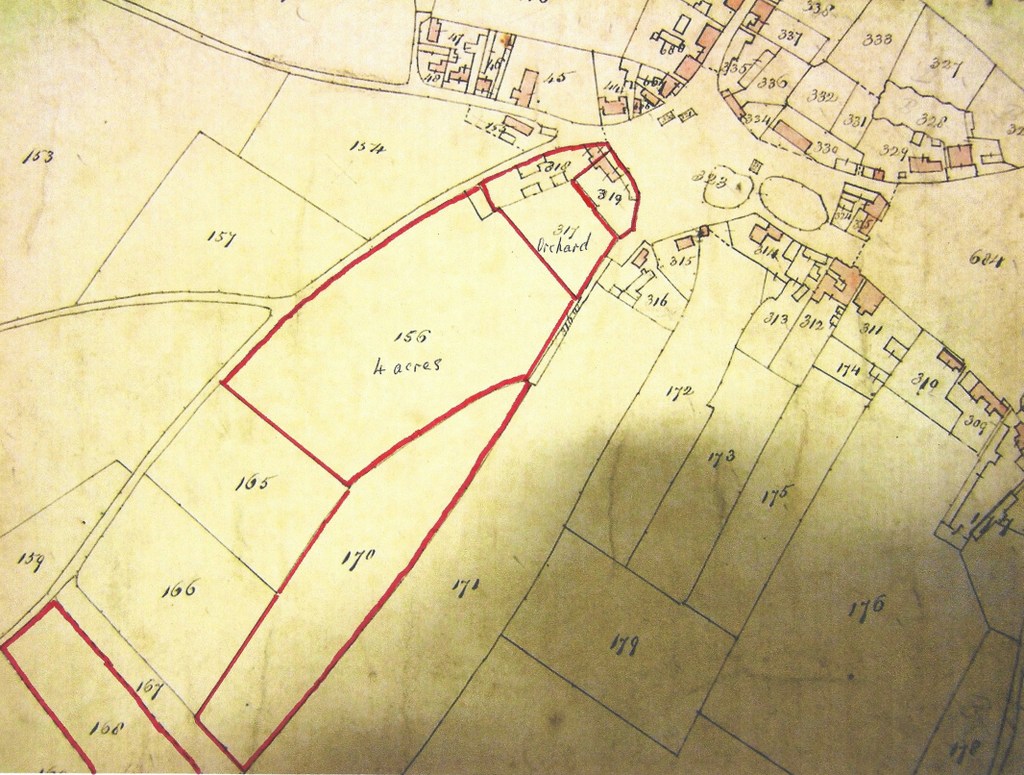
In addition to these plots Isaac also rented/leased just over 38 acres of other land that was mostly adjacent to his own to the south of Martham and east of Rollesby Road. Isaac and his brothers originated as farmers from Martham but his ancestors moved to Great Ormesby where their farming interests later grew into what is today the huge Manship farming estate in East Norfolk and beyond.
Ivydene is not mentioned by name in census returns from 1841 to 1881 but in 1891 & 1901 James Cooper Faulke (1857-1905) lived there with his wife Eliza. He was a former miller and the village Relieving Officer and Registrar of Births, Marriages and Burials. (His job as a Relieving Officer was to evaluate the cases of all persons applying for medical or poor relief; to authorise emergency relief or entry to the workhouse. There was no workhouse in Martham so this may have been for the Rollesby workhouse). In 1891 the house was listed one away from Rollesby Road and just before entries for The Green. James died in 1905 but his widow Eliza Parker, nee Crisp (1858-1915), was still living there in 1911. The Crisp family were also linked to Ivydene in another way when Ellen Rebecca Crisp, the sister of Eliza lived at the house in 1920 before it was sold.
In 1920 the house was purchased by Dennis George Utting (1887-1962) and his wife Evelyn, nee Bobbins. They had married in 1911 at St Mary the Virgin even though Evelyn was originally from Great Ormesby. They lived at, and owned Ivydene from 1920 until retiring to a bungalow called Deneve which was at the White Street end of Back Lane.
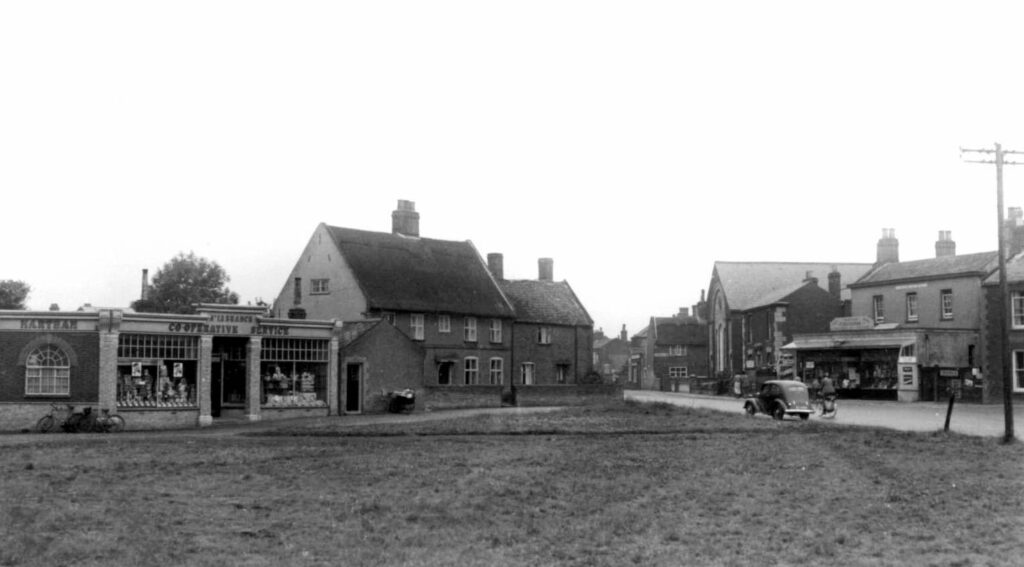
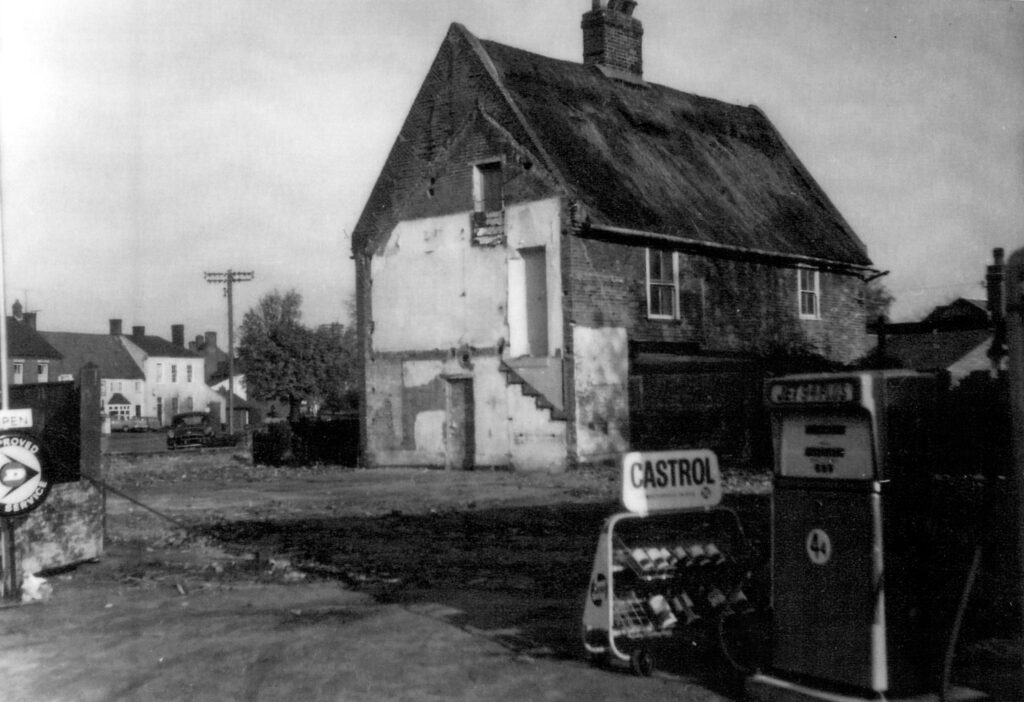
Dennis became a successful carpenter and builder and at one time owned the land at Coronation Avenue where bungalows were built. He also owned the crossing works carpentry building at the junction of Repps Road and Cess Road where the old railway level crossing had been. In the 1940’s Dennis was also a special constable in the village.
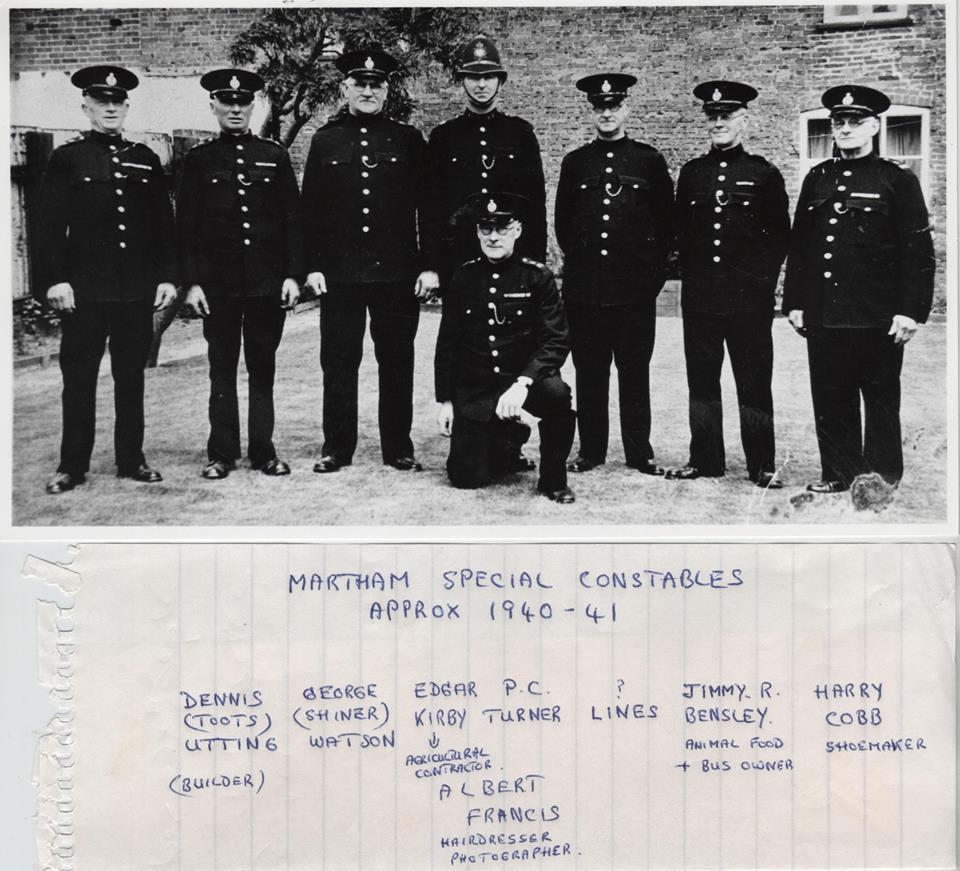
At Ivydene a room to the right of the front door was let to lodgers. Dennis was listed in the 1920 Kelly’s Business Directory as a builder living at Ivydene and the couple were also listed in the 1939 Register between other entries for The Green. Dennis died in 1962 and Evelyn in 1966. Ivydene was demolished in the mid 1960’s.
Ivy Holme
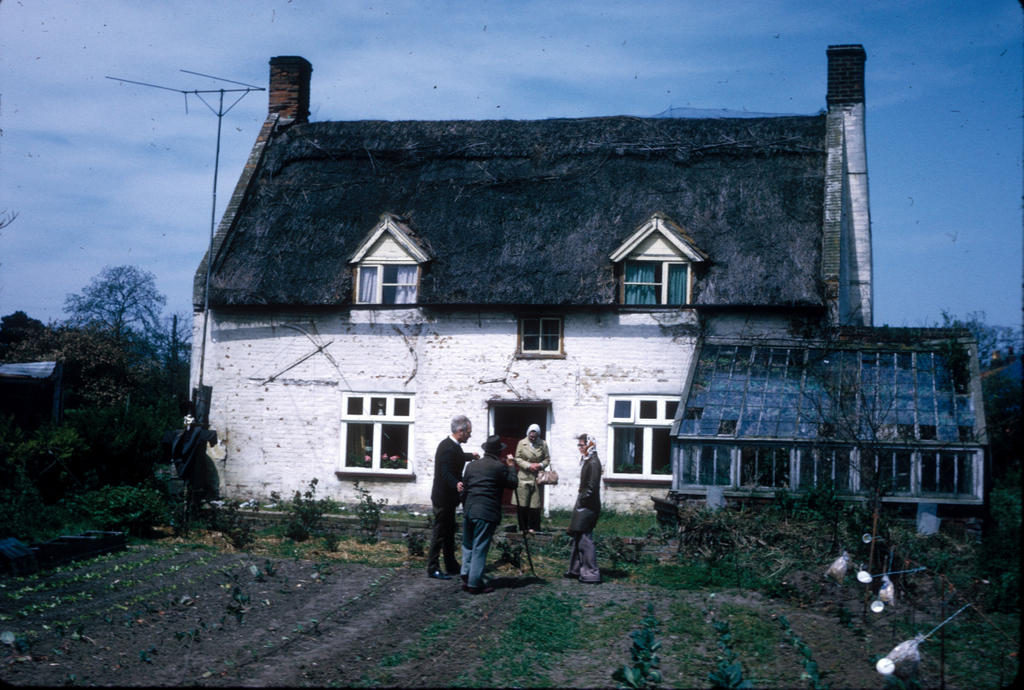
Ivy Holme was a house in Back Lane set back across the road from Whittaker Carpets. Jeary’s, the butchers, had a garage and a cold store there. District Nurse, Dorothy Greenacre, nee Walker, had a garage for her car nearby and on his hand drawn map of c1950’s ‘Squiggles’ lists James Bensley & his wife Clara, nee Jeary, as living there.
The property is not mentioned by name in any census from 1841 to 1911. It is, however, shown on the 1842 Martham Tithe Award map as plot 669 owned and occupied by William Braddock (1777-1864). William was a thatcher and farmer.
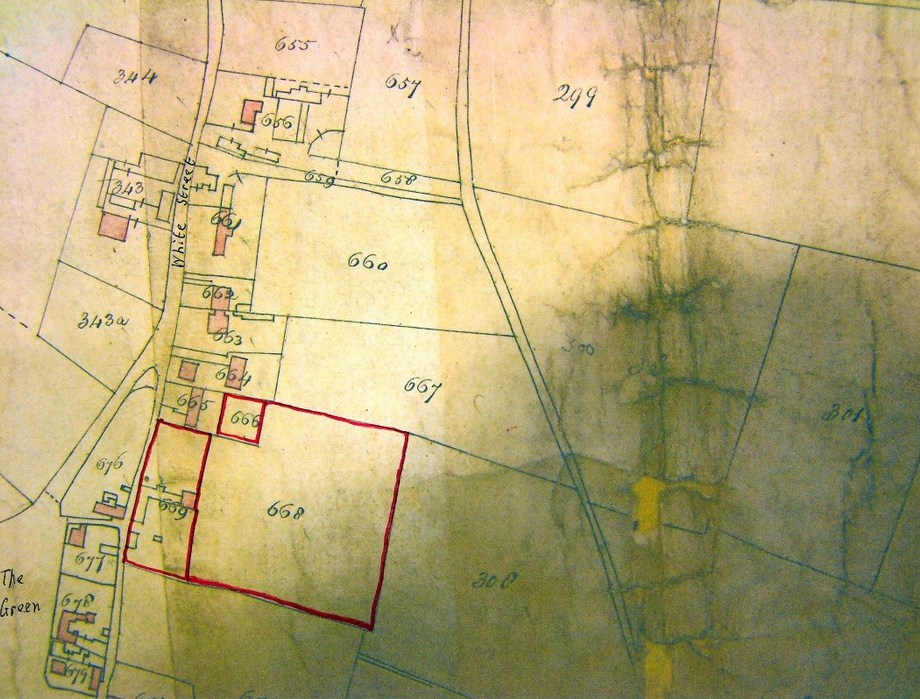
William’s ownership illustrates the known start of what was a long association with the property by the Braddock & Jeary families. The Jeary family were well-known for their butcher’s business at White Street. The Braddock/Jeary generations involved with the house are shown on the family tree below (this tree does not show all the children of each couple).
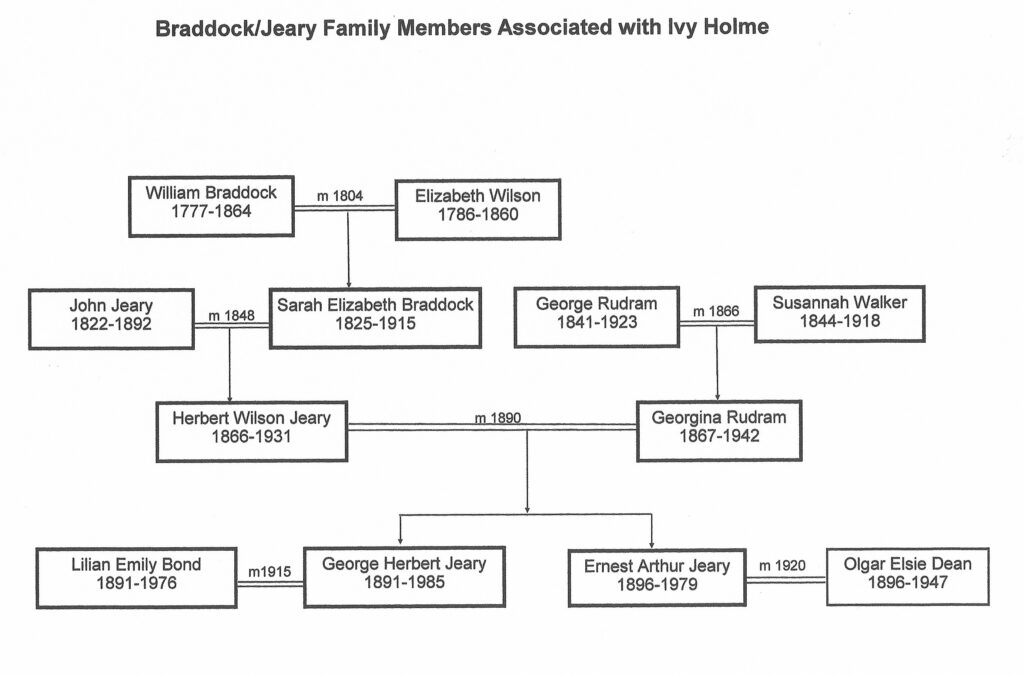
William Braddock’s daughter Sarah married John Jeary (1822-1892) who was the second Jeary generation of the family butchers and it seems that Ivy Holme had been inherited by that side of the family from William Braddock and there is a lovely family group photograph of the wedding of Sarah & John’s grandson, George Herbert Jeary (1891-1985) taken at Ivy Holme when he married Lilian Emily Bond (1891-1976) on 15th November 1915. George had been a Captain in the Army and was a fruit grower.
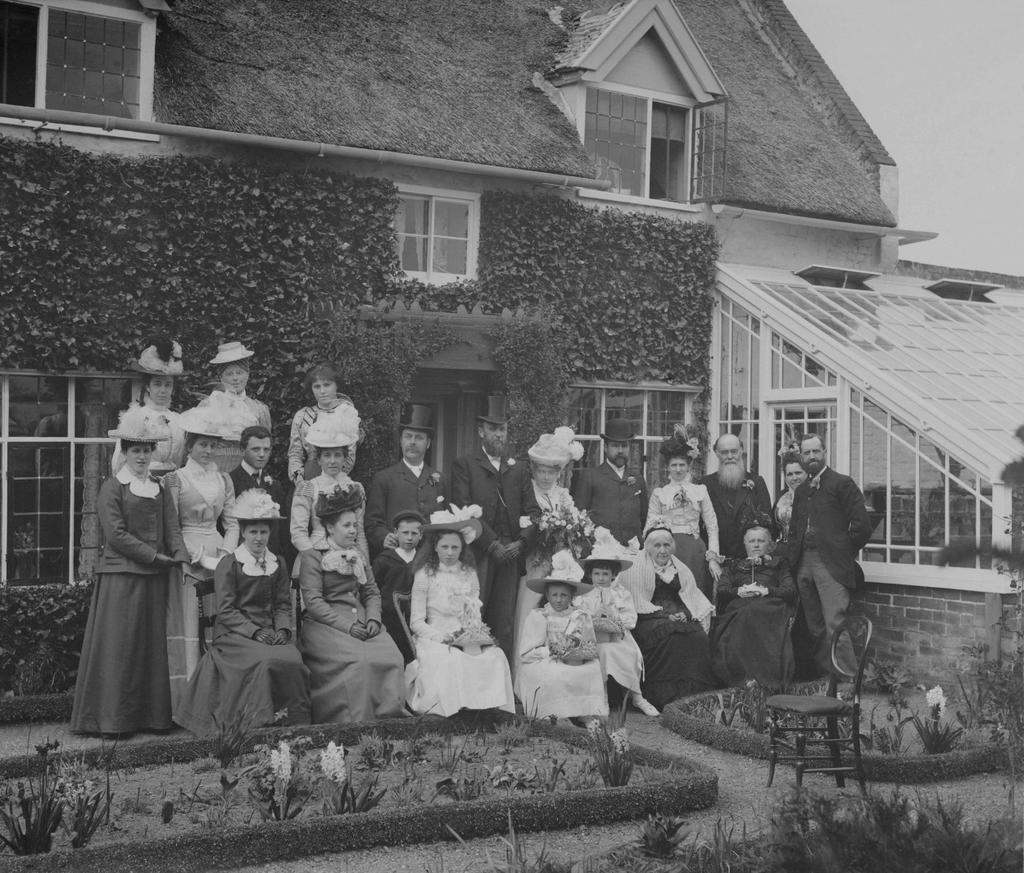
Similarly, George’s brother Ernest Arthur Jeary (1896-1979) married Olgar Dean on 20th October 1920 and the photograph below was taken of the wedding group at Ivy Holme.

These two photographs were again provided by Jim Tilbe and show Ivy Holme in about 1935.
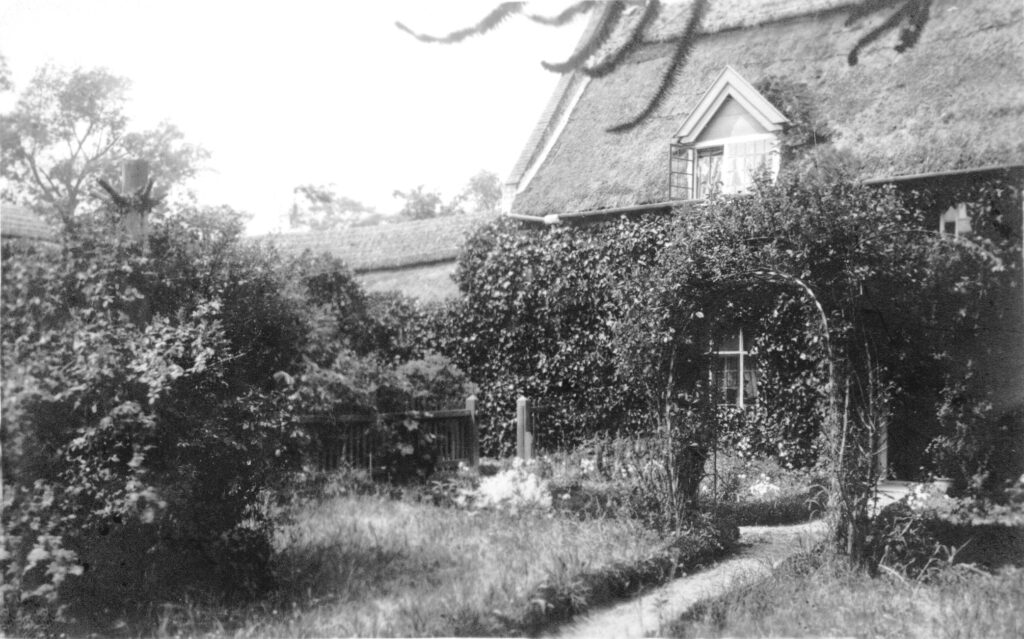
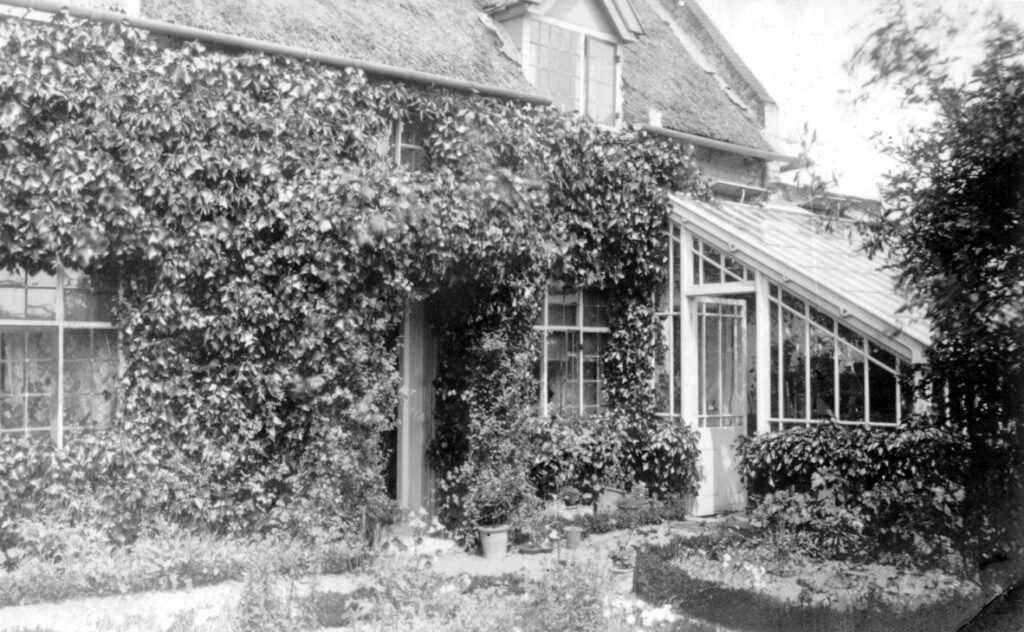
There are two entries listed as Ivy Holme, Back Lane next to each other on the 1939 Register implying two buildings or that one had been split into two.
- James B R Randell (1877-1964) & his wife Daisy, nee Lawson (born 1881). James was a self-employed market gardener.
- Walter Page (1870-1956) & his wife Emma, nee Barnes (born 1872). Walter was a retired valet.
The Jeary family continued to be associated with Ivy Holme for many years but in time also lived at the house next to their business on White Street and at Damgate Farm, Damgate. You can read more about the Jeary family by clicking HERE.
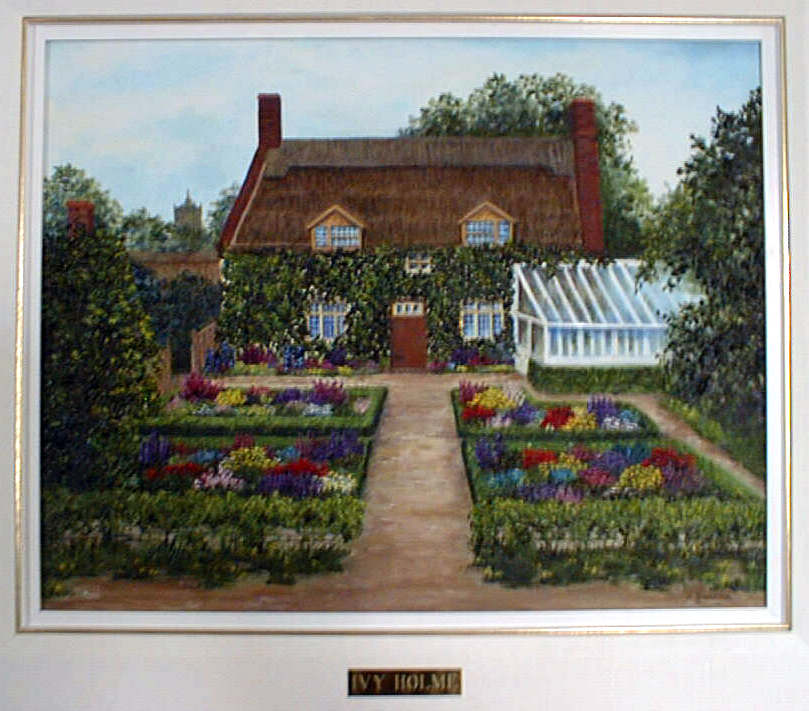
Walter & Gladys Long were believed to be the last occupiers of the house and they are shown in the photograph at the top of this section. Walter, known as Joe, worked and lived at various farms in the area including at Thunder Hill. He died at Ivy Holme in 1975 and afterwards Gladys moved to Ealing House in Repps Road.
Ivy Holme eventually fell into disrepair and was demolished when the nearby Mushroom Farm grew in size in the late 1970’s. The land it stood on has since been developed with smart modern houses shown below.


My thanks to the following who helped with information about this page: ancestors Jim Tilbe, Adam and Jon Jeary. Also, Jennifer Banham, Mary Blake, Karen Brooks, Adam Jeary, Shelia Knowles, Elizabeth Toll, Brenda Tubby and David Watson.